The nagging thought haunting the families of the Hamas hostages
A year on from the October 7 attacks, with more than 60 hostages still in captivity inside Gaza, families are stuck in a world of questions without answers.
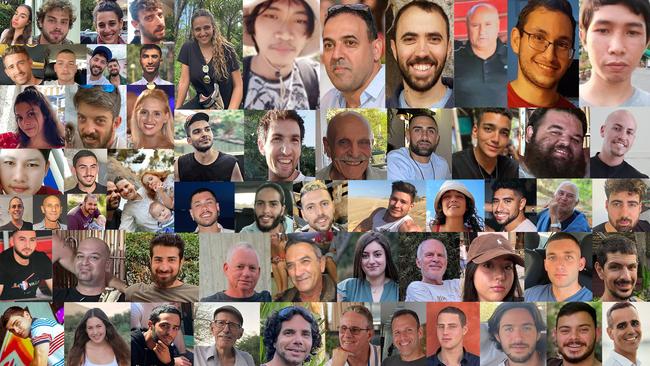
Of all the emotions that engulf the families of the Hamas hostages, the terror and anger, the helplessness and hope, there’s a nagging thought that haunts now more than ever: what if their loved ones are never found?
A year on from the October 7 attacks, with more than 60 hostages still in captivity inside Gaza, families are stuck in a world of questions without answers.
In scores of interviews during the past 12 months, they have revealed their deepest fears for their sons and daughters, mothers and uncles. Is she being abused and beaten? Is he starving, injured? Do they think we have forgotten them? Are they still alive?
And now the lingering fear: Will we ever know?
It was a question that plagued Ayelet Svatitzky as she awaited news of her brother, British-Israeli citizen Nadav Popplewell, 51, who was kidnapped from his home at Kibbutz Nirim with their 79-year-old mother, Channah Peri.
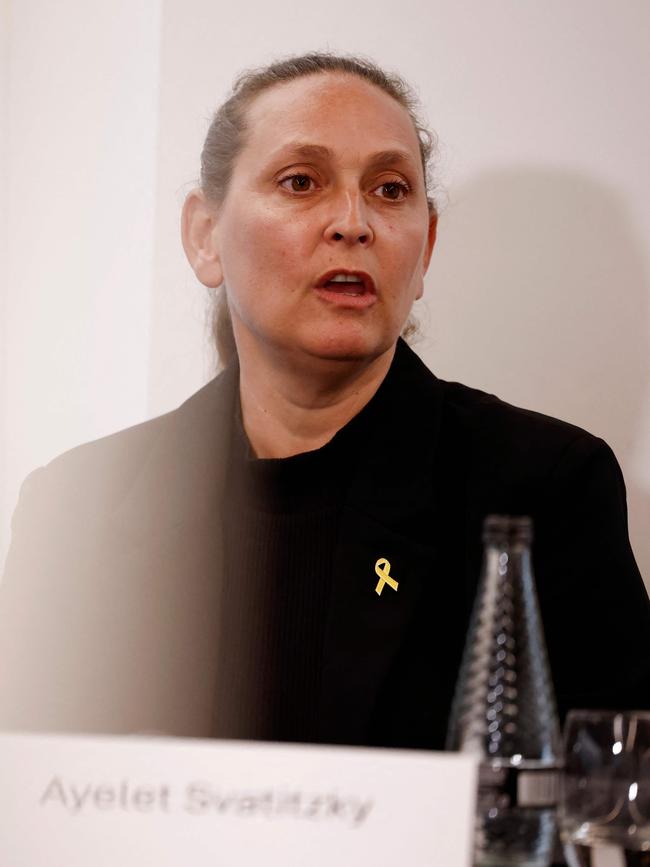
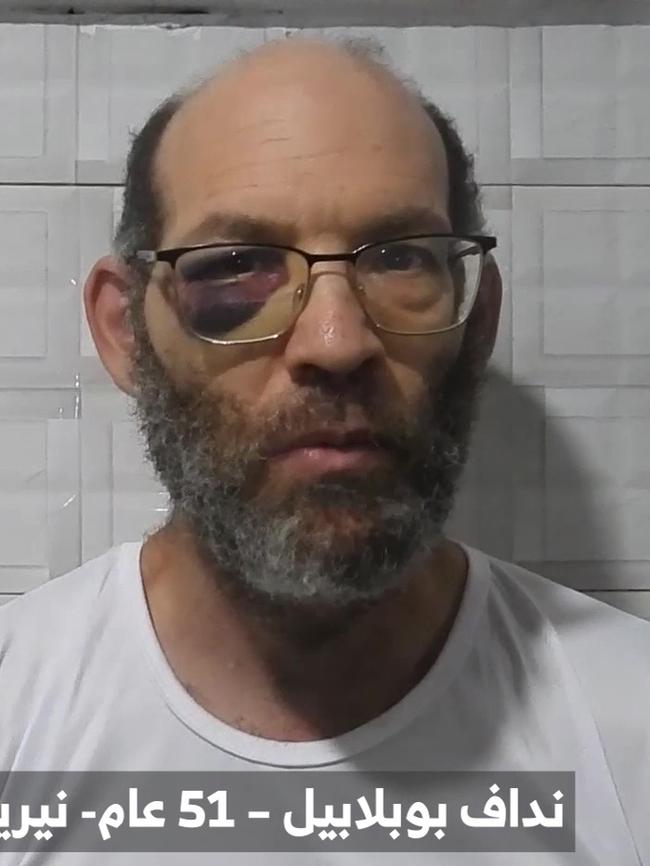
Peri was released in last November’s temporary ceasefire. In May, Popplewell’s captors released a propaganda video of him with a swollen and blackened eye, speaking to the camera.
These hostage videos are not described by Israel as psychological warfare for nothing; this vision of bruised and battered prisoners torments families who cannot assume that the footage is current proof of life when there is no way of knowing what happened after it was recorded.
As the months passed, Svatitzky says her growing worry was that she might never know her brother’s fate. “Never knowing what happened to him … that’s what scared me the most. That was my biggest fear.”
OCTOBER 7: A YEAR ON
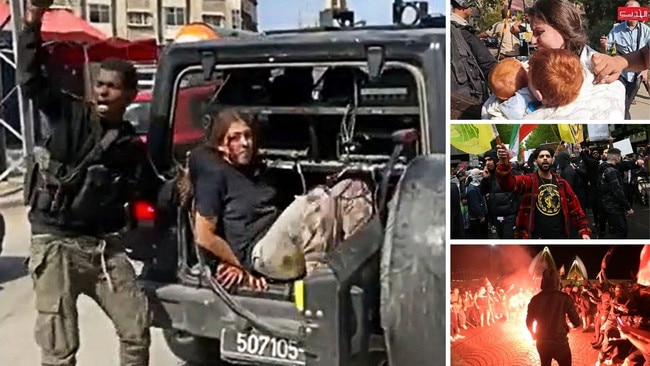
Australia is not the same country — but too many are in denial
Since the October 7 attacks, Australian values have been traduced. What is happening affects the entire country and the collective impact is profound.

After ‘51 days of hell’, former hostage haunted by fear for husband
Aviva Siegel longs for Keith, her beloved husband of 43 years, left behind by a deal that was struck to set her free. Her heart remains in Gaza: in a filthy room, with a weakened Keith, somewhere in the territory’s miserable ruins.

Attacks on Jews at record levels
Australia’s Jewish community has suffered its most traumatic year since records were first kept, with more than 1800 anti-Semitic incidents reported across the country, a staggering 324 per cent increase on the previous year.

No longer ‘one and free’: Nation torn apart by vile ignorance
Not since the Vietnam war, more than half a century ago, has a foreign conflict so divided the nation.
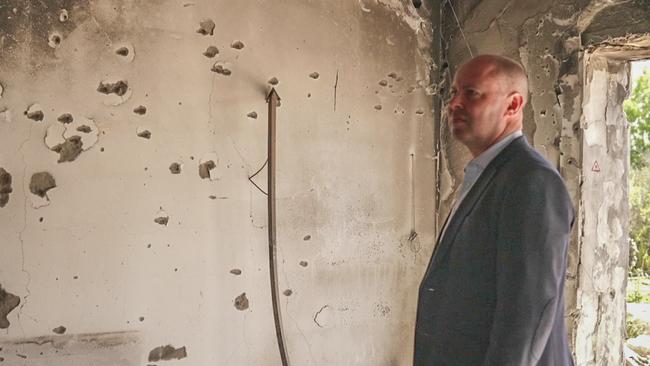
Australia has been weak when we needed to be strong
Labor’s doublespeak and equivocation have made the nation less safe as a result.

‘Genocide’ the modern-day blood libel to demonise Jews
The anniversary of the October 7 massacres compels me to reflect on the toughest 12 months of my long, happy and deeply fulfilling life as a Jewish Australian.
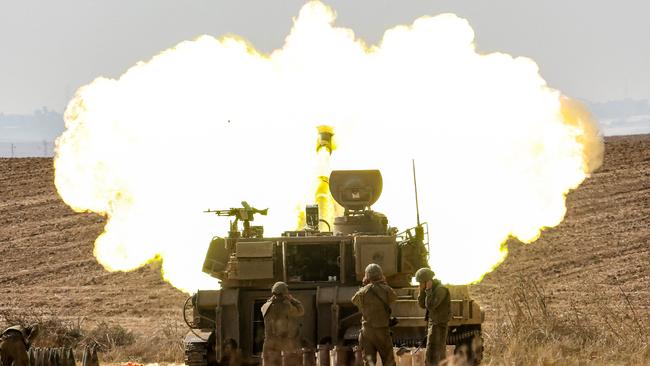
Two enemies, two paths – and one deadly objective
Iran relies on violence to achieve its goal of destroying Israel and its people, while the Palestinian threat is more subtle.

The tweet that captures the cowardice of Labor
There is deep sorrow still on this anniversary of October 7 among Jews of the left like me, deep sorrow and pain. And there is a sense of betrayal.
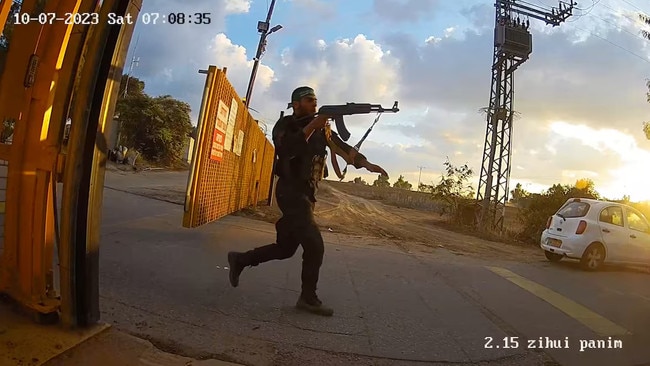
‘They’re here’: a family’s tale of escape as Hamas terrorists attacked
The October 7 terrorist attacks in Israel shocked the world. In this gripping first-hand account, Amir Tibon describes how his family’s safety hung in the balance for hours.

The nagging thought haunting the families of the Hamas hostages
A year on from the October 7 attacks, with more than 60 hostages still in captivity inside Gaza, families are stuck in a world of questions without answers.
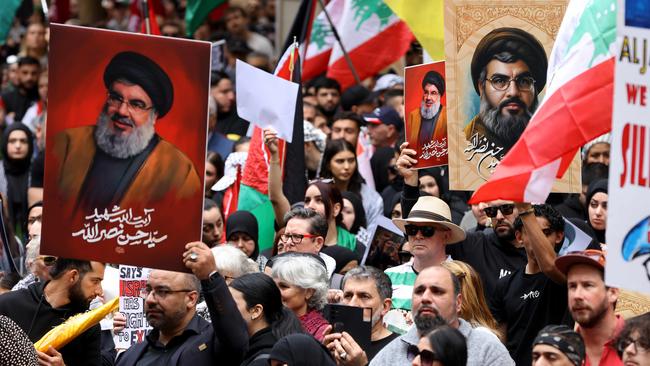
Look around, and you’ll see Hamas’ goals of October 7 fulfilled
Israel is fighting on every front, anti-Israel protests are global, diplomatic pressure on Israel is building and its allies are losing patience. Division and mistrust between Muslim, Jewish and other populations are growing around the world. There is only one way to turn it around.
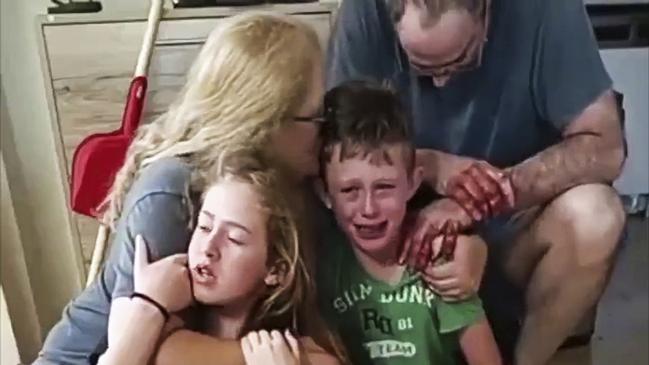
The real-life horror movie our politicians refuse to see
Raw footage, running for about 45 minutes, captures the unspeakable horror of October 7: innocent people being murdered, beheaded, hunted down, raped, kicked, bashed, burnt alive. Here’s what Australia’s leaders had to say when I asked if they had seen it.
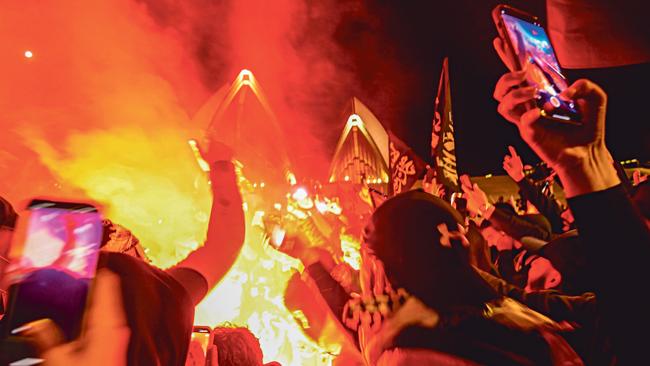
We need to talk about the crisis in Western civilisation
The October 7 pogrom unleashed a wave of sympathy across the West – for the perpetrators.

To the political left, some kids matter more than others
In my life I never imagined a situation where the government of a free, functioning democracy such as Australia would be unable to tell right from wrong. Would be so comfortable walking in step with the wicked, unable to take a stand against evil.
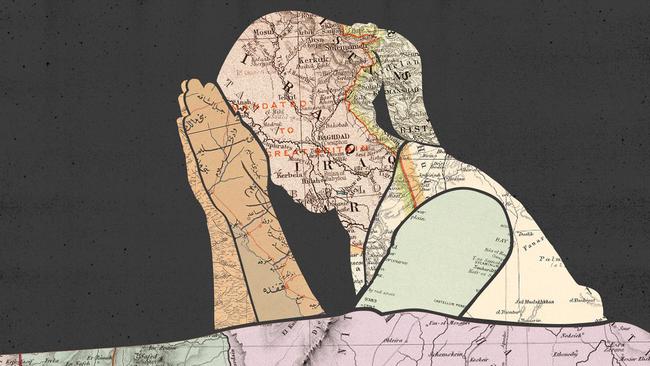
Notes from a long war: Israel one year on from the October 7 massacre
This war on the ‘villa in the jungle’ was launched to test a thesis. It has been disproven at a very high cost.

In exile: how Jews became a perpetually persecuted people
Without a homeland, their community was at the mercy of monarchs, popes and prime ministers. For the writer, tracing the history of Sephardic Jews in Europe was to walk in the forever-moving footsteps of his forebears.
In June came the wrong answer when his death was confirmed and his body was returned to his family. It was small comfort. “I got to know what happened to him and I got him back … we got a coffin to bury,” Svatitzky said. Sitting in a press conference alongside others who have loved ones still hidden in Gaza, she added: “Every day that goes by we are at risk of families not having an answer at the end of this.”
Hamas terrorists abducted more than 250 Israelis and foreign nationals and killed more than 1200, mostly civilians, in the October 7 attacks on southern Israel. The youngest hostage was Kfir Bibas, just nine months old, who was taken with his brother Ariel, 4, and their mother Shiri and father Yarden Bibas.
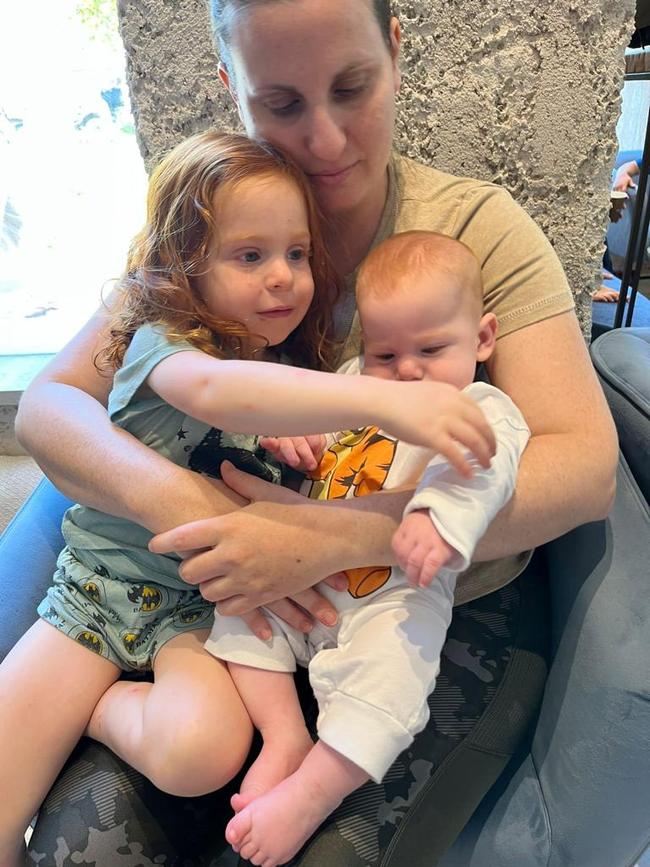
Some 105 hostages were released in the temporary ceasefire in November, four were released by Hamas before the deal, and Israeli forces have rescued about eight hostages and recovered the bodies of an estimated 36 people. It is believed some 33 bodies are still in Gaza, leaving about 62 people who have not been released, rescued or confirmed among the dead.
The Hostages and Missing Families Forum says the testimonies of survivors, who reported sexual assault, mutilation and starvation, reveal the extreme dangers facing those who remain. Many of the hostages have chronic illnesses or untreated injuries inflicted during their capture. “Others suffer from illnesses related to the harsh captivity conditions which include mental and physical torture,” the forum says.
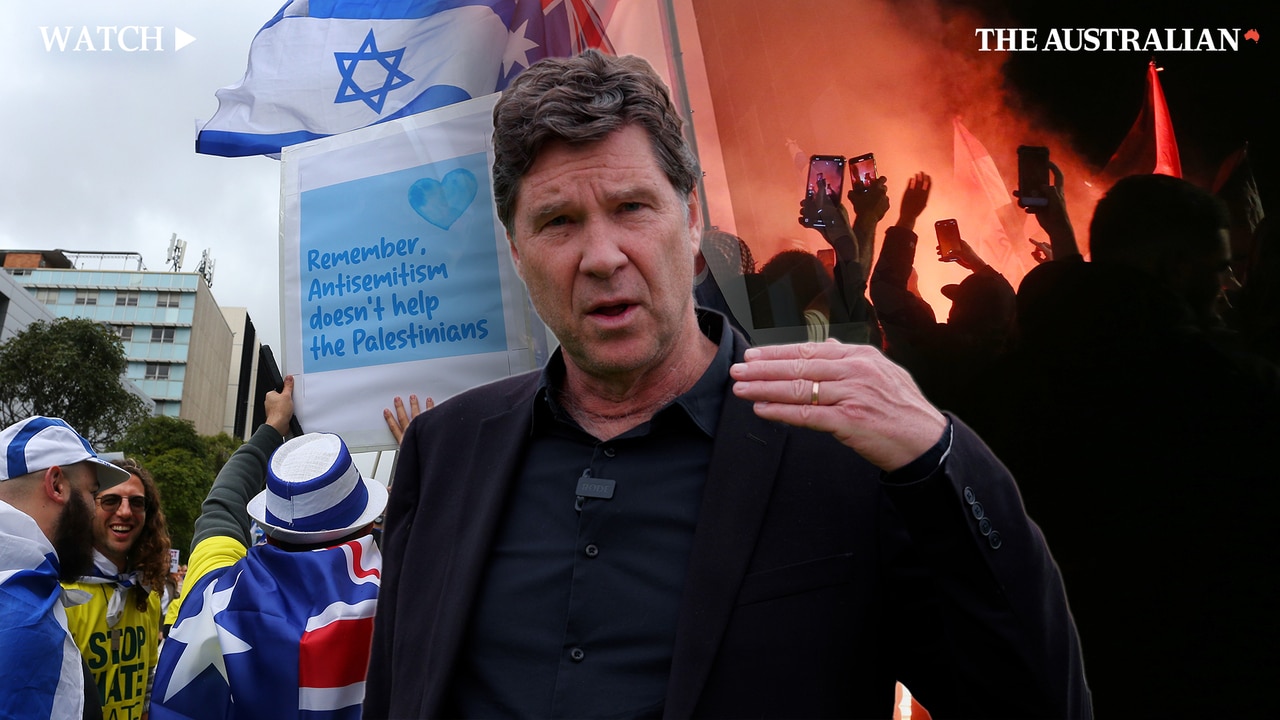
The sisters of Eden Yerushalmi, who was murdered in August along with five other hostages, say they were told the 24-year-old had been held in inhumane conditions in captivity, deep in the dark, narrow spiderweb of tunnels under Gaza. When her body was retrieved, this formerly healthy young bartender weighed just 35kg.
“They starved her before they murdered her,” her sister Shani told CNN.
Released hostages have told how they were trapped in the homes of militants or other private citizens or kept in the tunnels with limited access to water and food – sometimes receiving as little as three dates a day or a small piece of bread. The family of Liri Albag says the 19-year-old initially was treated as a slave in a villa in Gaza – cleaning and preparing food she was not allowed to eat. After about 40 days she was moved to an underground tunnel.
The Bibas family says military intelligence has indicated at different times that Yarden Bibas is alive while the fate of Shiri Bibas and her two babies remains unknown.
“The uncertainty is really, really difficult,’’ Yarden’s sister, Ofri Bibas, said last month. “But it leaves us room for extremely cautious optimism which is gradually shrinking, I won’t lie. It enables me to still hope that they have managed to survive somehow.”


To join the conversation, please log in. Don't have an account? Register
Join the conversation, you are commenting as Logout